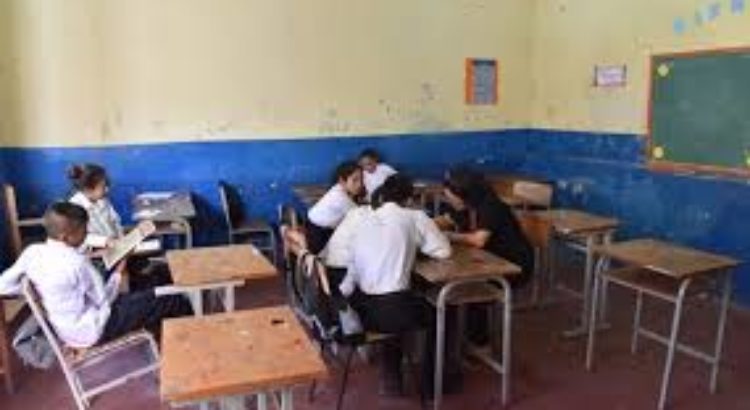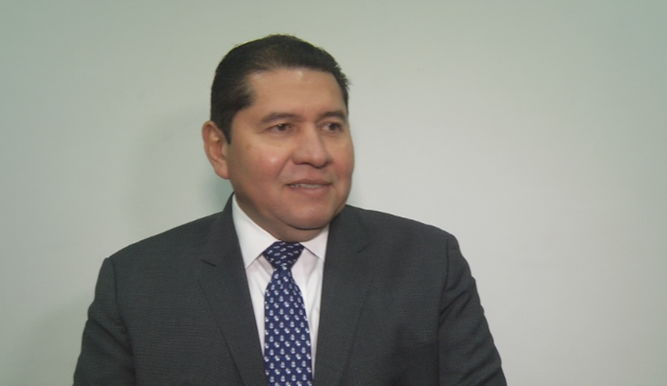Estados Unidos/Diciembre de 2016/Autora: Elizabeth A. Harris/Fuente: The New York Times
RESUMEN: Funcionarios de educación del estado de Nueva York votaron el martes para cambiar la forma en que el estado controla la violencia escolar, con la esperanza de mejorar un sistema que se ha llamado confuso e inexacto. Pero debido a que el sistema seguirá dependiendo de las escuelas para reportar datos, puede que no ofrezca una imagen más clara de lo peligrosas que podrían ser las escuelas. El viejo sistema de Informes de Incidentes Violentos y Disruptivos, o Vadir, rastreó delitos en 20 categorías, incluyendo homicidios, secuestros, amenazas de bomba y disturbios. Las escuelas informaron episodios basados en las pautas del estado. Muchos llamaron a las categorías confusas y dijeron que los que informaban de los datos no siempre estaban adecuadamente capacitados para determinar si algo era «maldad criminal», por ejemplo, o para dilucidar la diferencia entre «robo» y «hurto». Bajo las nuevas regulaciones, aprobadas por la Junta de Regentes, la autoridad educativa más alta del estado, los funcionarios estatales han reducido las categorías a nueve y trató de aclarar las definiciones para que las escuelas informen los episodios con mayor precisión.
New York State education officials voted Tuesday to change the way the state tracks school violence, hoping to improve a system that has been called confusing and inaccurate.
But because the system will continue to rely on schools to report data, it may not offer a clearer picture of how dangerous the schools might be.
The old Violent and Disruptive Incident Reporting system, or Vadir, tracked offenses across 20 categories, including homicide, kidnapping, bomb threat and riot. Schools reported episodes based on guidelines from the state.
Many called the categories confusing, and said those who were reporting the data were not always adequately trained to determine if something was “criminal mischief,” for example, or to tease out the difference between “burglary” and “larceny.”
Under the new regulations, approved by the Board of Regents, the state’s highest educational authority, state officials have whittled the categories to nine and tried to clarify definitions so schools report episodes more accurately.
A Vadir score can be enormously consequential because if a school has a certain level of episodes two years in a row, it can be labeled “persistently dangerous,” a designation the federal government requires states to make, and one that means students who request a transfer must be offered a place at another school in their district.
“If the purpose of Vadir reporting is to identify the most persistently dangerous schools, then let’s get the most violent incidents being submitted, and not things like minor altercations,” said Renee Rider, an assistant commissioner at the New York State Education Department who oversees Vadir. While every episode should be investigated, she said, “sometimes what happens at the local level should stay there, and not necessarily be submitted to the state.”
In recent years, criticism of Vadir came from all sides, including the United States secretary of education, John B. King Jr., when he was education commissioner in New York. Mr. King said the system “rarely reflects the realities of school health and safety.”
A frequent complaint was that the persistently dangerous formula, which is the ratio of violent encounters to enrollment, puts small schools at a disadvantage. Five major episodes at a school with 100 students, for example, comes across as more problematic than five episodes at a school with 500 students. David Goldsmith, the president of the Community Education Council for District 13 in Brooklyn, said there had been small schools in his district on the persistently dangerous list that he thought did not belong there.
“When you’ve been in the school and know the culture of the school, and this school has been labeled persistently dangerous?” he said. “You think, ‘That’s crazy.’”
But some critics now wonder if the system has moved too far in the other direction. Among them is Families for Excellent Schools, a pro-charter-school group that is suing New York City for what it says are violent conditions in city schools. Jeremiah Kittredge, the chief executive of the organization said that by removing and collapsing categories, the state would give families less information about what’s going on in schools, not more. Ms. Rider of the State Education Department said New York would still make some of that information available in subcategories.
The changes do not remove what many see as the most fundamental problem: Vadir is based on self-reported information, and given that the reporting has consequences, school administrators might have an interest in keeping certain episodes to themselves.
Jonathan Burman, a spokesman for the State Education Department, did not address that issue directly but said in an email: “It is critical that everyone has a clear and consistent way to track and compare the level of safety in every school. The department’s goal is to ensure that the most accurate school safety data possible gets reported.”
Johanna Miller, the advocacy director at the New York Civil Liberties Union, was a member of a task force that worked on the new regulations. She said the group “worked a lot with the language of the categories so it matched up better with the language of school discipline, rather than what it was before, which was penal code language.”
For example, “assault with physical injury” and “assault with serious physical injury” will now become a single category, called “physical injury.” Categories like “reckless endangerment” will disappear.
“You don’t have to be a lawyer anymore to understand how to report things,” Ms. Miller said.
The new regulations will take effect in July.
One thing that will not change is the formula for determining whether a school is persistently dangerous. So to try to keep small schools from being unnecessarily branded with that label, Ms. Rider said, the department plans to review any school that is flagged but has fewer than 250 students.
Even before Tuesday’s vote, the state had taken action to reduce the number of schools on the persistently dangerous list. At the start of the 2015-16 school year, there were 32 schools on the list.
This year, there were five.
Ms. Rider said that last year, the department started working intensely to help manage student behavior at schools that had one year of data with a high number of episodes, putting them in danger of ending up on the list the next year.
Schools were also given more guidance on how to report disruptive behavior. Schools kept in regular contact with the state, Ms. Rider said, and some 70 sessions were offered last year to teachers, principals and district staff members on interventions, investigation and reporting.
Ms. Rider said schools were not instructed to report fewer episodes or to downgrade their severity to create a more flattering portrait. “That did not happen,” she said.
Ms. Rider said that changes in how educators at all levels thought about discipline and misbehavior had also played a role in reducing the number of episodes reported. Schools and districts around the state have been moving away from suspensions and toward practices like restorative justice, which encourages getting to the source of outbursts rather than just sending students out of the classroom.
She also said the state planned to expand this holistic view of student behavior on the measurement side as well. This year, the state is testing a new School Climate Index in seven schools. It will look at information like Vadir data, rates of absenteeism, and school surveys from parents, teachers and students.
Fuente: http://www.nytimes.com/2016/12/13/nyregion/new-york-education-school-violence-vadir.html?_r=0














 Users Today : 0
Users Today : 0 Total Users : 35460209
Total Users : 35460209 Views Today :
Views Today :  Total views : 3418895
Total views : 3418895